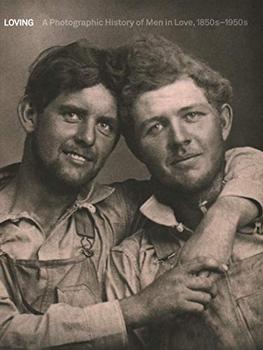 An extraordinarily moving photo essay in the Guardian based on pictures from Loving: A Photographic History of Men in Love from 1850s-1950s got me thinking about this week's "Culture Corner" topic which focuses on the early days of photography.
An extraordinarily moving photo essay in the Guardian based on pictures from Loving: A Photographic History of Men in Love from 1850s-1950s got me thinking about this week's "Culture Corner" topic which focuses on the early days of photography.
Photography as we know it began in the 1820s when French inventor Nicéphore Niépce created a light sensitive surface that could record a permanent image (albeit a poor quality one) in a process that was more akin to a photocopy than a photograph. A few years later, he and Louis Daguerre collaborated on a process that led to the first publicly available photographic process using mercury vapor to set a permanent image on a sheet of silver-plated copper. Henry Fox Talbot invented his own process at broadly the same time as Daguerre, and it was arguably a better one as it created a negative from which multiple positive images could be printed, but the daguerreotype won out in large part because the French government acquired the rights to the process in return for lifetime pensions for Daguerre and Niépce's son, and then released full details of the process so that all could use it.
From there, innovation moved fast. In 1870, the dry plate process was invented by Richard Maddox so photographers no longer had to cart their developing studios around with them and also allowed for much smaller cameras. George Eastman started the Kodak company in the 1880s and launched the first camera containing flexible roll film (both camera and film were sent back to the factory for development). A few years earlier in 1878 Eadweard Muybridge had created the first moving picture of a galloping horse (proving for the first time that horses lift all four feet off the ground at the same time when galloping) and the first motion picture followed in 1895.
For more on this topic I recommend:
Lastly, let me leave you with a thought from the Ted-Ed video: It is estimated that over 380 billion photographs are taken each year. That's more photographs each day than were taken in the first hundred years after photography was invented!
If you enjoyed reading this, you may wish to explore our other Culture Corner posts and our beyond the book articles, each of which explores a historical, cultural or contextual aspect of one of the many thousands of books we have reviewed.
-- Davina